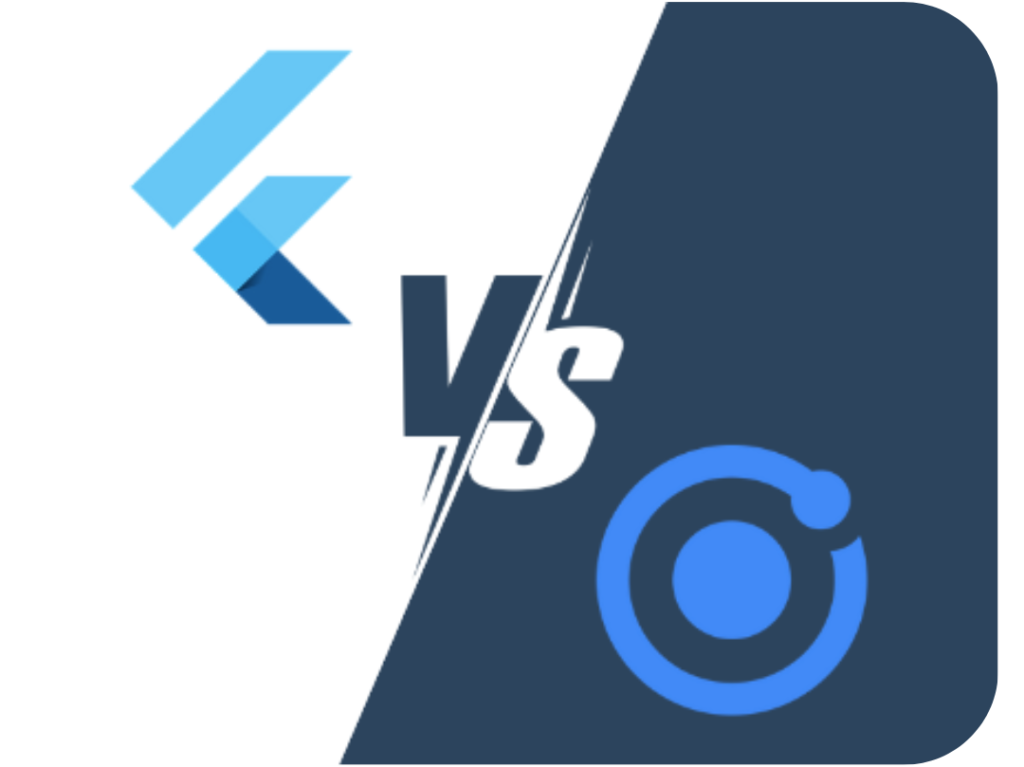
In this article, we evaluate the Flutter vs. Ionic debate, to help you decide which one is best for your project. We’ll look at their features, performance, ease of use, and community support. For more in-depth advice or custom software development help, check out DevDefy. Our experts can guide you through the process and ensure your project’s success.
Flutter, created by Google, is a powerful UI toolkit designed for building natively compiled applications across mobile, web, and desktop from a single codebase. It allows developers to create high-performance apps with beautiful and highly customizable user interfaces. Using the Dart programming language, Flutter provides a rich set of pre-designed widgets and tools that simplify the development process and enable rapid prototyping. Furthermore, its hot-reload feature enhances productivity by allowing developers to see changes in real time. Additionally, Flutter’s strong community support and extensive documentation make it an excellent choice for both beginners and experienced developers.
A few prominent features of Flutter are as follows:
Ionic leverages familiar web technologies like HTML, CSS, and JavaScript to create hybrid mobile applications that run smoothly across various platforms. Moreover, Ionic provides a comprehensive library of pre-built UI components and plugins, making it easy to achieve a consistent look and feel across different devices. Its integration with popular frameworks like Angular, React, and Vue further enhances its flexibility and capability. Additionally, Ionic’s extensive documentation and active community support help developers overcome challenges and optimize their app performance.
Notable features of Ionic include the following:

The app helps users manage Google Ads campaigns on the go.

A personal journaling app that leverages Flutter's custom UI capabilities.

The e-commerce giant uses Flutter for parts of its mobile applications to enhance user experience.

A fitness app offering personalized workout plans.

The fashion brand uses Ionic for their mobile app to showcase products and offer shopping functionalities.

A financial information website using Ionic for its mobile applications.
Compiles to native code, offering better performance than hybrid frameworks.
A comprehensive set of customizable widgets for creating unique UIs.
Enables quick iterations by allowing changes to be seen immediately without a full restart.
Dart language may be unfamiliar, requiring a learning period for developers.
Flutter apps can be larger in size compared to those built with other frameworks.
Uses widely-known web technologies, making it easier for web developers to learn.
A rich library of plugins for accessing native device features.
A large community providing extensive resources and plugins.
Hybrid nature can sometimes lead to performance issues compared to native solutions.
Relies on WebView for rendering, which can cause inconsistencies across different devices.
Choosing between Ionic and Flutter depends on your project requirements and team expertise. Below are detailed descriptions of what each framework is better for under various considerations.
Choosing the right framework in the Flutter vs. Ionic scenario can be difficult, and the decision is subjective to each individual project. However, the difficulties decrease when analyzing the complexity, development speed, and your target platforms. Additionally, each platform has different areas in which it excels, and carefully evaluating these points will help you achieve your goal in the long run.
If you’re having trouble after looking over these points, here are some additional considerations to take into account:
Both frameworks have strong communities, but Flutter’s backing by Google ensures a robust and growing ecosystem.
Consider the long-term maintenance and update cycle. Both frameworks offer strong support, but your team’s familiarity and the framework’s update cycle are crucial factors.
Evaluate how each framework integrates with your existing systems. Ionic’s use of web technologies might offer better compatibility with existing web-based solutions.
Ionic and Flutter both offer powerful solutions for mobile app development, each with its unique strengths. Your choice should align with your project goals, team expertise, and specific application requirements. Understanding the distinct advantages and limitations of each framework will help you make an informed decision that best supports your development objectives.
We hope this article helps in assisting with your project decision to choose which framework to choose. If you need any additional help or have any other questions, please visit our contact page on our site.